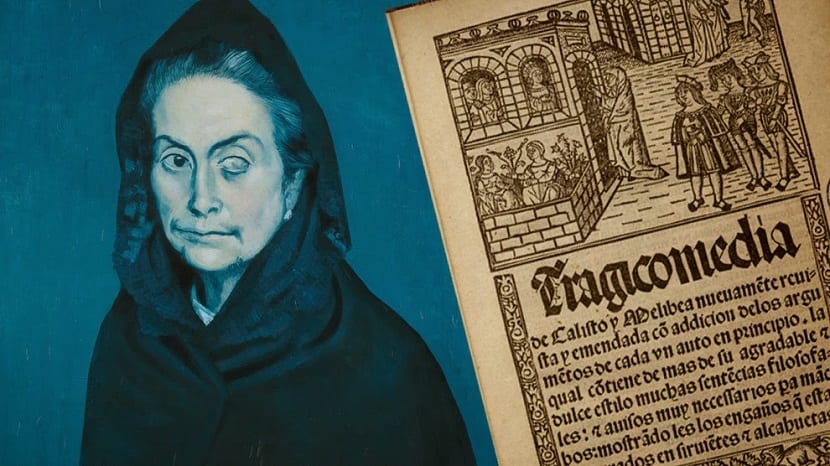
Our literature, which ends in the Pyrenees and sometimes becomes surreal in the Canary Islands, which jumps from Valencia to Extremadura passing through a Mancha full of great myths and stories, establishes a world of letters that never stops reinventing itself. To evolve. These best spanish books in history they confirm it.
The best Spanish books in history
La Celestina, by Fernando de Rojas
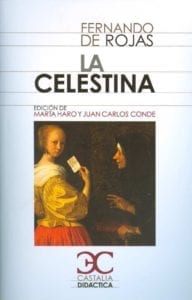
Although the first versions of the work arrived in the time of the Catholic Monarchs, it would not be until the fourteenth century when one of the top works of our literature would achieve the success that would catapult it as a genre in itself, a literary and cultural phenomenon. Treated as «tragicomedy", La Celestina tells the story of two young men, Calisto and Melibea, united by the tricks of a prostitute known as «Celestina». The work was prohibited during times of the Inquisition, resurfacing some time later.
Lazarillo de tormes
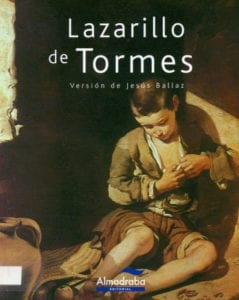
Although an exact date of publication is not known, older versions of one of the great works of Spanish literature date from 1554. A time in which the protagonist, Lazarillo de tormes, he is forced to survive from a miserable childhood until his wedding, passing by meeting characters such as the famous blind man whom he deceives during part of the narrative. Considered as an ode to the disenchantment of an era and the hypocrisy of a society corrupted by the clergy, Lazarillo de Tormes it was banned until the XNUMXth century by an Inquisition against which he attempted the anonymous author who wrote the play.
Don Quixote de la Mancha, by Miguel de Cervantes

Published in early 1605, Don Quixote would forever change not only the direction of literature in Spain, but also around the world. The story of the nobleman whose excessive reading of chivalric novels led to the confusion of the windmills of La Mancha with giants was more than a burlesque novel, an amalgam of references to a time and a polyphonic character, whose different views of the protagonists revolutionized the way of narrate and address realism. Undoubtedly, the most universal work of our lyrics.
Haven't you read «El Quijote"?
Fortunata and Jacinta, by Benito Pérez Galdós
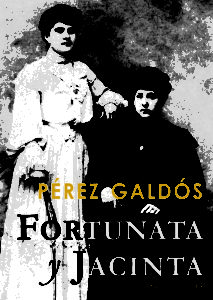
Considered by many as the best work of Galdós, perhaps also influenced by The Regenta, published shortly before by his friend Leopoldo Alas Clarín, Fortunata and Jacinta speaks of two women. One, Fortunata, is brute and small-town, while Jacinta is delicate and from a good family, two opposite poles that end up meeting due to a tragic slip of fate. The work was published in 1887 after year and a half of creation by Galdós, who invested the greatest efforts of his career in this work.
Would you like to read Fortunata and Jacinta?
Reeds and clay, by Vicente Blasco Ibáñez
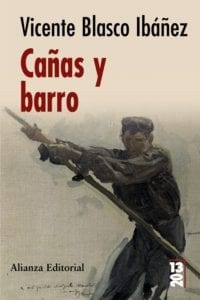
In 1902, Spain was disappointed in herself. We had lost Cuba, the last stronghold of a great empire that pushed us to look towards our own country, one of altered values and inheritances that no one wanted. Part of the essence of this era defines Canes and clay, a work by Blasco Ibáñez set in The Albufera of Valencia which weaves a story of rebellion between the protagonist, Tonet, towards his grandfather and father, two humble farmers, and his love story with Neleta. Key part of the naturalism, Cañas y Barro is a novel with traditional dyes as solid as it is addictive.
The family of Pascual Duarte, by Camilo José Cela
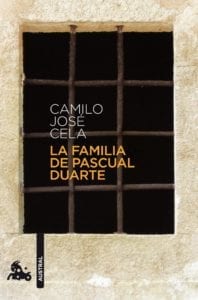
La Spanish literature It has allowed us to get closer to the reality of each time and others were in charge of bringing together all these passages in the same work. This is the case of the best novel by Camilo José Cela, published in 1942 and a portrait of a man from rural Extremadura from 1882 to 1937, a period of a politically troubled Spain. A temple strip that, in turn, encompasses tints of the naturalism, realism and the social novel that defined a time that exploded in a Civil War of miserable consequences for Spain.
Nada, by Carmen Laforet
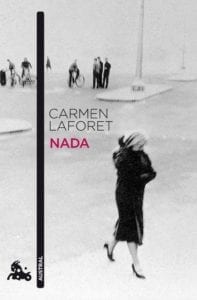
Andrea is a young woman who goes to Barcelona to study Philosophy and Literature. A new episode in which he is debated between the internal conflicts of his family and the relationships that arise in his university experience. Voice of a time as it was postwar time, Nada became winner of the first edition of the Nadal Prize opening new doors for literature and, specifically, for some writers of whom Laforet became an example to follow.
Five hours with Mario, by Miguel Delibes

After losing her husband, a woman takes care of her body at night. On the bedside table there are texts from the Bible underlined by her husband, a trigger that leads the protagonist to mutter a disorderly monologue in which she expresses the passions and awkwardness of a lifetime. An occasion that serves to summarize the role of Spanish women in the XNUMXth century in a unique, intelligent way ... so Delibes.
Five hours with Mario It is a marvel.
Heart so white, by Javier Marías
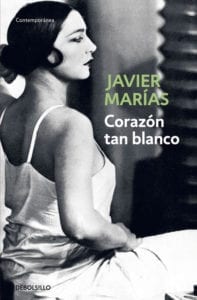
«I did not want to know, but I have learned that one of the girls, when she was no longer a child and had not long since returned from her wedding trip, entered the bathroom, stood in front of the mirror, opened her blouse , she took off her bra and reached for her heart with the tip of the gun ... »
This mythical beginning is the starting gun for one of the great contemporary works of our literature and a sales success after its publication in 1992. Heart so white, whose latest edition was launched in 2017 on the occasion of its 25th anniversary, tells of a recently married protagonist whose honeymoon in Havana holds more than one surprise for his marriage.
Soldiers of Salamina, by Javier Cercas
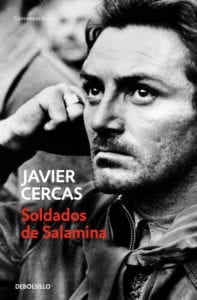
Defined by many as an example of faction (fact + fiction), Soldiers of Salamis, published in 2001, grew out of Cercas' obsession with the soldier who saved Rafael Sánchez Mazas, a writer for the Spanish Falange and a friend of Franco, which escaped a mass shooting in Barcelona during the twilight of the Spanish Civil War. A perfect combination of fantasy and reality that, more than an attempt to get closer to the great Spanish war of the XNUMXth century, focuses on the pleasure of "reliving" in a time of despair.
What are the best Spanish books in history for you?